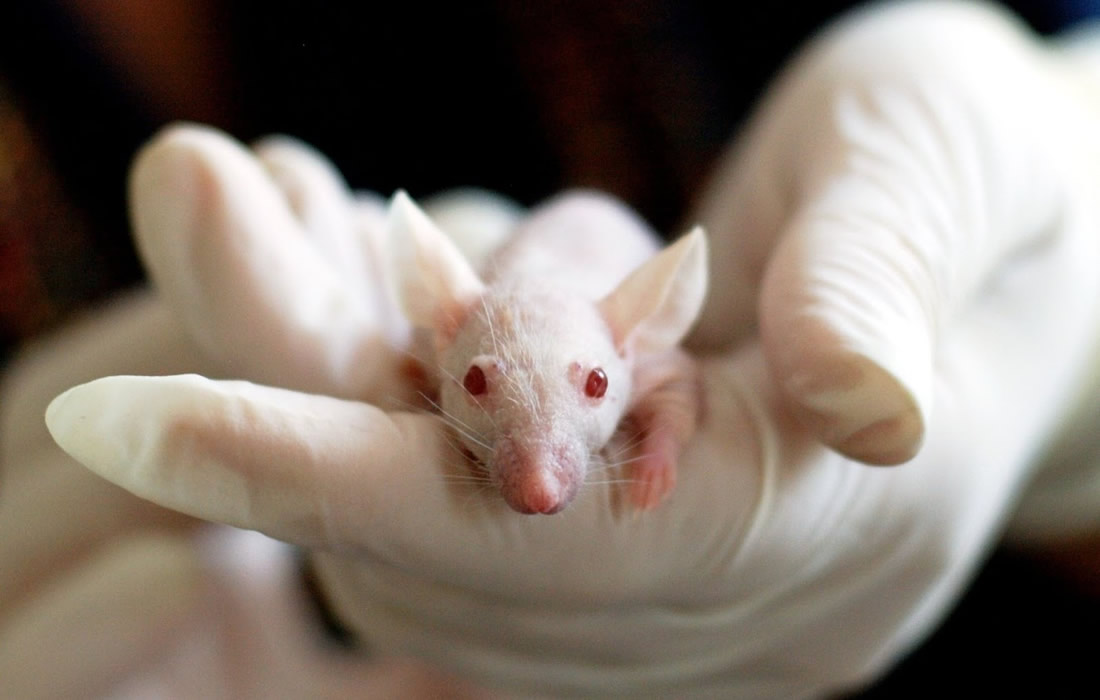Regenerative Medicine News and General Information
Fever Alters Immune Cells So they Can Better Reach Infections
Fever is known to help power up our immune cells, and scientists in Shanghai have new evidence explaining how. They found in mice that fever alters surface proteins on immune cells like lymphocytes to make them better able to travel via blood vessels to reach the site of infection.
Chen and colleagues discovered that fever increases the expression of heat shock protein 90 (Hsp 90) in T lymphocytes. This protein binds to a type of integrin on the lymphocytes — α4 integrins — which promote lymphocyte adhesion to the blood vessel and ultimately to expedited migration to the site of infection.
The researchers learned that fever-induced Hsp90 binds to the integrin tail and induces integrin activation. Moreover, one Hsp90 can bind to two integrins leading to a clustering of integrins on the lymphocyte surface. As a result, the clustered integrins activate a signaling pathway that promotes lymphocyte transmigration.
The team also used animal studies of bacterial infection and other fever models to confirm their findings. When the pathway between the Hsp90 and integrin was blocked, study mice died quickly.
“In this paper, we found the Hsp90 can only be induced at a temperature above 38.5°C,” says Chen, explaining how the mechanism is targeted and effective, yet reversible.
Sources:
Cell Press. “Fever alters immune cells so they can better reach infections.” ScienceDaily. ScienceDaily, 15 January 2019. Retrieved March 20, 2023 from www.sciencedaily.com/releases/2019/01/190115111936.htm
ChangDong Lin et al. Fever Promotes T Lymphocyte Trafficking via a Thermal Sensory Pathway Involving Heat Shock Protein 90 and α4 Integrins. Immunity, 2019 DOI: 10.1016/j.immuni.2018.11.013
Image from:
Photo by Pixabay
https://www.pexels.com/photo/white-baby-mouse-159483/

